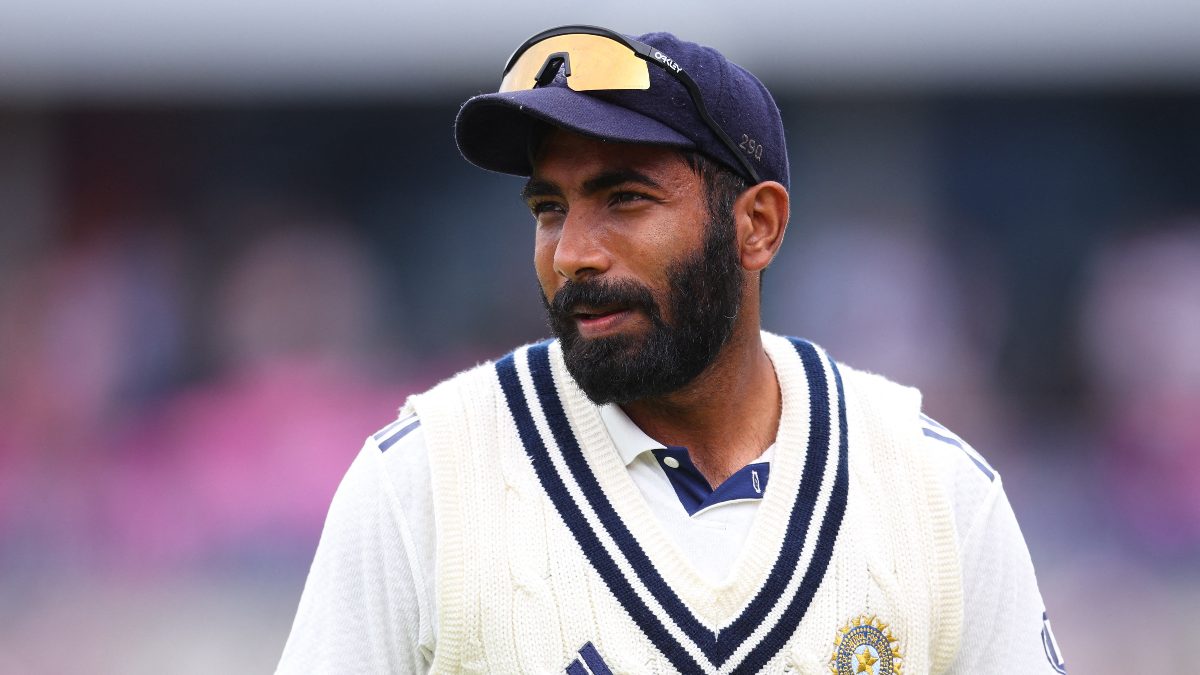It’s been a while since the focus returned to international cricket from the Indian Premier League (IPL), with the Royal Challengers Bengaluru having beaten Punjab Kings to their maiden title on 3 June. And there’s plenty of time to go for the mini-auction, which is expected to take place around the month of December, with the retention deadline expected to be set a month or two earlier.
No sooner had the riveting five-match Test series between England and India ended with a 2-2 draw earlier this week than the discussion briefly moved back the IPL. With the chatter surrounding Mohammed Siraj and Prasidh Krishna’s heroic spells at The Oval and captain Shubman Gill’s remarkable run with the bat gradually fading away, the spotlight has suddenly shifted on the Rajasthan Royals and Chennai Super Kings.
The Royals, after all, find themselves facing the possibility of parting ways with Sanju Samson sooner rather than later, with the wicketkeeper-captain reportedly unhappy with the franchise after a tumultuous season earlier this year. Samson's linked to a move to CSK , primarily to replace the legendary MS Dhoni as the wicketkeeper but to also guide young captain Ruturaj Gaikwad on the leadership front.
And it’s not just the Royals though; the Super Kings too are weighing the feasibility of keeping spin legend Ravichandran Ashwin , who had returned to the ‘Yellow Army’ after a decade earlier this year but didn’t exactly set the stage on fire.
Discussions on player trades in the world’s biggest T20 league are already underway. But before looking into some of the biggest names who are likely to swap teams heading into the mini auction, we take a look at what the IPL player trade is all about and what its rules are.
What is a player trade in the IPL and how does it work?
For starters, the IPL transfer window begins a month after the conclusion of a season, meaning the current window got underway on 3 July, exactly four weeks after RCB fulfilled Virat Kohli’s lifelong dream of lifting the trophy after years of heartbreaks. And it will remain open until a week before the player auction.
And the concept of a player transfer in the IPL is the same as it is in other sports such as football, wherein a player moves from Team A to Team B with the latter compensating the former financially for the same.
Impact Shorts
More ShortsA one-way player trade is where Team B pays Team A the price at which the latter bought a player at the auction in an all-cash deal. Team A gains that amount in their auction purse while the same is deducted from that of Team B. Additionally, franchises with deeper pockets are allowed to add to the transfer fee in addition to a player’s auction price, which will not reflect in either franchise’ purse.
A two-way trade, on the other hand, involves two or more players being traded between two teams. In this case, Team B offers Team A one or more players in exchange for another player, and pays the difference in auction price in cash. The objective here is to ensure that the players being traded are approximately close to one another in terms of their auction price, and that the cash transfer is kept at a minimum.
Can a player get a cut of the transfer fee?
A player can get up to 50 per cent of the transfer fee, but there’s no fixed rule for the same and it ultimately depends on the discussion between an individual and a franchise.
A player’s consent is mandatory for a trade to take place between two teams. The decision, however, ultimately lies with the franchises – meaning the Royals can refuse to trade Samson and keep him in the squad if they wish.
Transfers in the IPL go all the way back to the second season in 2009 when former India opener Shikhar Dhawan was acquired by Mumbai Indians from Delhi Capitals (then Daredevils) in exchange for pacer Ashish Nehra.
India all-rounder Hardik Pandya's transfer to his old franchise Mumbai Indians from Gujarat Titans – the team he had captained to victory on their debut in 2022 – in late 2023 is one of the most famous trades in IPL history.
MI had traded Australian all-rounder Cameron Green to Royal Challengers Bengaluru in order to make space for Pandya, who had spent seven seasons wearing their colours before moving to the Titans.


)

)
)
)
)
)
)
)
)



